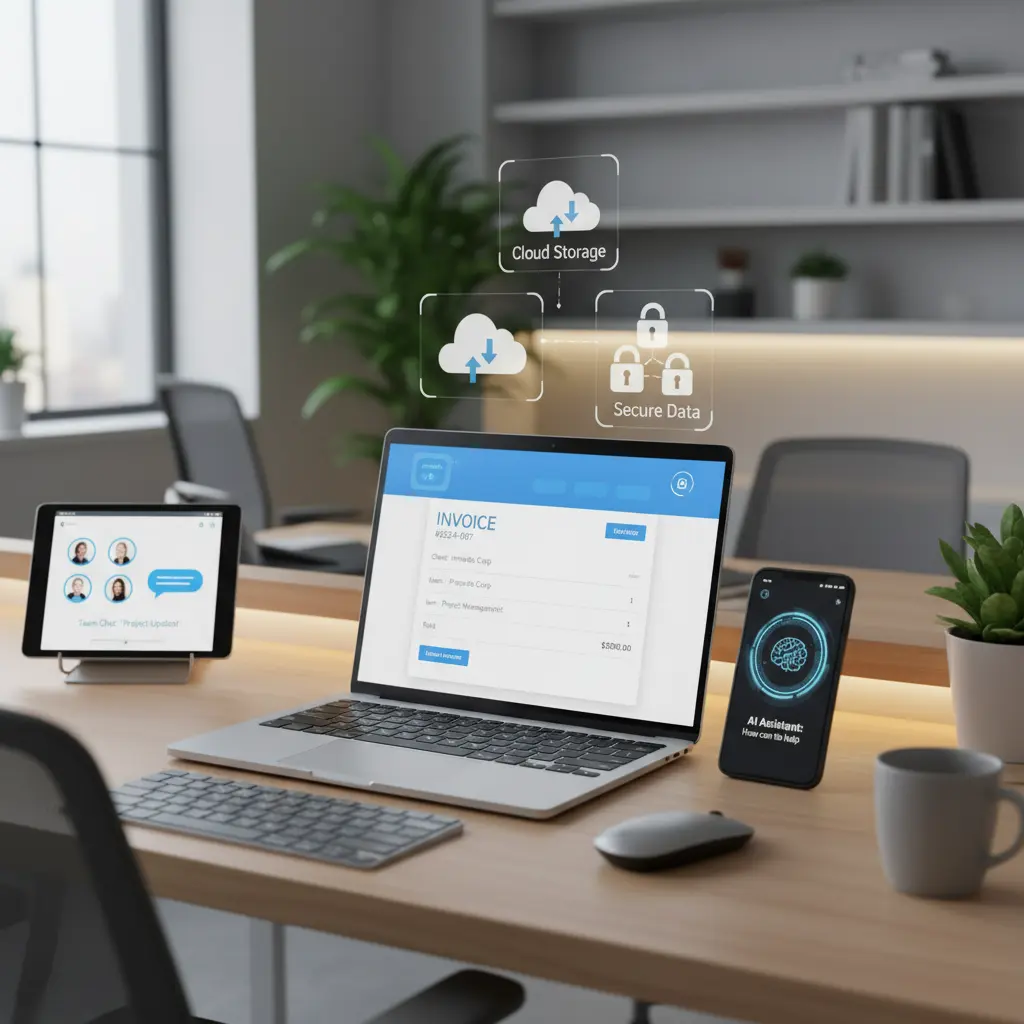
If we’ve learned anything from the COVID-19 pandemic, it’s that we don’t have it all figured out. Not only are we vulnerable as a species, but so are the systems, processes and devices we’ve built. Natural and human-made disasters as well as other contingencies can still cause significant damage and bring businesses to a grinding halt.
Now is the time for companies, both big and small, to take steps to ensure business continuity and natural-disaster resilience. In this increasingly digitized world, backup and disaster recovery (BCDR) must be a top priority for businesses because the repercussions of even a single data loss incident could be fatal.
Imagine if you were a health service provider, for example, and you ended up losing all patient data after a fire burned away your on-premises backup device. An incident like that could cause irreparable damage to your business.
In this post, we will break down different types of data loss disasters, how to prepare for them and how to leverage BCDR to meet and maintain regulatory compliance obligations.
The Many Forms Data Loss Can Take
From natural disasters like hurricanes and floods, to cybersecurity threats such as malware infections, data loss disasters come in many forms. Let’s analyze each type and learn how to plan and prepare for them.
Natural Disaster
This covers everything from storms, hurricanes and floods to fires, tsunamis and volcano eruptions. In most cases, you can expect infrastructural damages, power failure and mechanical failures, which could then lead to data loss.
Hardware and Software Malfunctioning
Software and hardware failure can cause data loss if you don’t have BCDR measures in place. It could be due to bugs, glitches, configuration errors, programmatic errors, component failures or simply because the device is at its end of life or the software is outdated.
Unforeseen Circumstances
Data loss can happen due to random, unexpected scenarios. For instance, a portable hard disk held by one of the employees could get stolen, your server room may have a water leak because of a plumbing issue or there could even be a pest infestation in one of your data centers.
Human factor
Aberdeen Research found that everyday human errors cause nearly 64% of data loss incidents.[1] These errors range from accidental file deletions and overwriting of existing files, to naming convention errors, forgetting to save or backup data, or spilling liquid on a storage device.
Cyberthreats
Your business may fall prey to malware, ransomware and virus attacks, which could leave your data and backups corrupt and irrecoverable. Additionally, data loss could be caused by malicious insiders with unauthorized access, which often goes under the radar. A recent study shows that employee action is involved in up to 23% of all electronic crime events.[2]
How to Plan and Prepare for Data Loss Disasters
As you can see, data loss disasters can manifest in a wide variety of ways. The key is to be proactive and plan for these disasters. Don’t wait for disaster to strike. Here are a few tips to help you get started:
Leverage BCDR to Achieve and Maintain Regulatory Compliance Obligations
Data loss prevention is not the only advantage of taking backup and disaster recovery seriously. Getting a robust BCDR solution that offers constant monitoring of backup activity, advanced threat detection, immutable audit logs, access control requirements, data retention rules, and infrastructure or storage controls will make it much easier for you to meet compliance obligations applicable to your business.
Data loss disasters are inevitable. But you can minimize their impact by making BCDR a critical component of your business continuity and resilience plans. Not sure how to get started? We can help. Contact us to get more information on how to build a reliable disaster recovery plan.
[1] Everyday human errors account for up to 64% of data loss incidents. Employees inevitably delete the wrong email, contacts, or critical configurations. [Source: Aberdeen research]
[2][Source: the CERT Insider Threat Center at Carnegie Mellon University]


